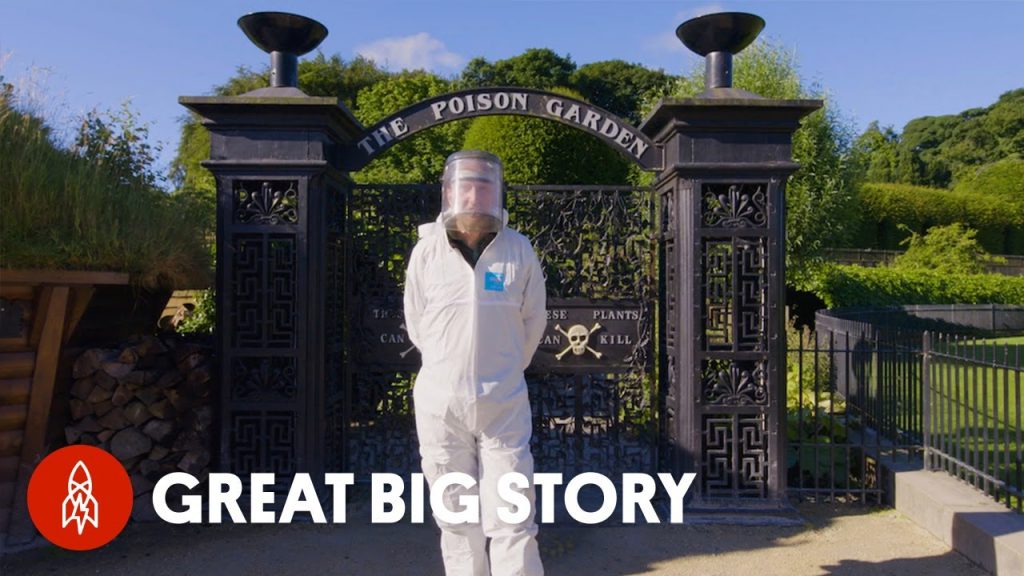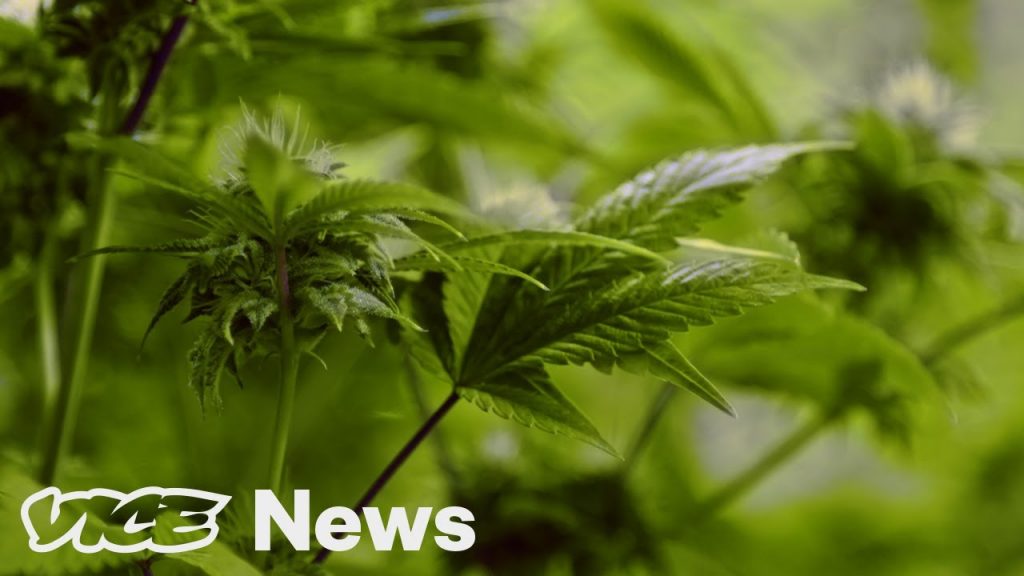Bringing Back The World’s Oldest Fermented Beverage

Honey, the fundamental sugar in mead, is the most expensive commonly-used fermentable ingredient in modern alcohol production.
Over the centuries, this nectar of the gods fell into obscurity but recently began a modern drinking renaissance. One small business is on a mission to revive the ancient beverage for the many who haven’t tasted or even heard of the amazing wine made from honey.
What is driving the mead revival and what potential for innovation does it hold?
Bringing Back The World’s Oldest Fermented Beverage
Humans have been brewing and consuming fermented beverages for thousands of years. From beer to wine to sake, the art of fermentation has given us some of our most beloved beverages. But even before those drinks existed, there was mead.
Mead is a fermented beverage made from honey, water, and often other ingredients like fruit or spices. It’s been enjoyed by humans for at least 9,000 years, making it the oldest fermented beverage in the world. Despite this rich history, mead has fallen out of popularity in many parts of the world. But a growing number of craft brewers and mead makers are working to bring back this ancient drink.
One reason mead has gone out of fashion is that it can be difficult to make. Unlike beer or wine, which rely on naturally occurring yeast, mead requires a specific yeast strain to be added to the mix. Additionally, mead can take months or even years to mature, depending on the recipe.
Despite these challenges, mead is drawing in a new generation of drinkers who are looking for something different. Many meads today are made with creative flavor combinations like lavender and vanilla or orange and clove. Some are even barrel-aged, giving them a complex flavor and aroma similar to that of fine wine.
What’s more, mead is a versatile beverage that can be enjoyed in many different ways. It can be served cold, like a beer or cider, or warmed up with spices like a mulled wine. Some meads are even carbonated, making them a refreshing alternative to traditional sodas.
Another factor driving the mead renaissance is the growing interest in craft beverages. Just as many beer drinkers have turned away from mass-produced products in favor of artisanal brews, mead drinkers are seeking out small-batch, locally-made drinks. This trend has led to the growth of mead festivals and tasting rooms across the United States and beyond.
But perhaps the most exciting thing about the mead revival is the potential for innovation. Mead is a blank canvas that can be infused with almost any ingredient, from hops to lavender to coffee. As brewers and mead makers experiment with new recipes and techniques, they’re helping to redefine what this ancient drink can be.
In many ways, mead is a symbol of humanity’s enduring relationship with fermentation. Despite the rise of industrialized food systems and the dominance of mass-produced beverages, people continue to explore the possibilities of brewing and fermentation. By bringing back the world’s oldest fermented beverage, we’re tapping into a tradition that stretches back thousands of years. And, if the current excitement around mead is any indication, we’re just getting started.










They Ate A $70,000 Golden Pizza
US Military’s $19M, 4500HP, 6 Axis, Aircraft Motion Simulator
30 medicinal plants the Native Americans used on a daily basis
The Darkest Black on Earth? Why Scientists & Artists Want the World’s Blackest Substances
Roofing a Steep 45° Pitch! Barn Board Sheathing